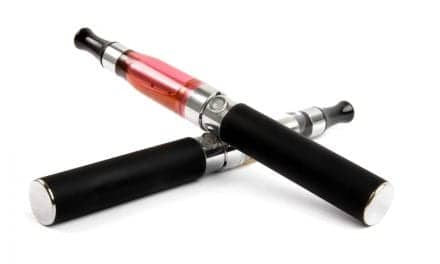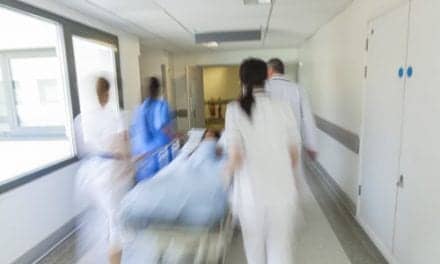On January 25 the US Environmental Protection Agency (EPA) announced a new nitrogen dioxide (NO2) standard, which imposed a 100 parts per billion (ppb) limit on 1-hour concentrations. The new 1-hour standard is designed to protect Americans from peak short-term exposures, which primarily occur near major roads. The EPA is maintaining the 53 ppb annual limit.
Additionally, the EPA established new monitoring requirements for NO2 in urban areas around major roads and across the community.
“Monitors must be located near roadways in cities with at least 500,000 residents. Larger cities and areas with major roadways will have additional monitors. Community-wide monitoring will continue in cities with at least 1 million residents,” stated the EPA.
The EPA expects to identify areas not meeting the new standard, based on the existing community-wide monitoring network, by January 2012. New monitors must begin operating no later than January 1, 2013.
The American Thoracic Society (ATS) quickly issued an announcement today applauding the revisions made by the EPA.
“On behalf of the 15,000 members of the American Thoracic Society, I want to thank the EPA for the promulgation of the one-hour NO2 limit, for which our leadership and members strongly advocated,” said ATS president J. Randall Curtis, MD, MPH.
While the ATS announced its approval of new standards being set, it cautions that more work can be done.
“We were disappointed that EPA did not maximize this opportunity to protect the public health from the dangers of NO2 by issuing a stricter one-hour limit or reducing the annual limit. Nonetheless, the new one-hour standard will undoubtedly prevent many exacerbations of asthma and hospitalizations from NO2-associated respiratory problems,” said Curtis.








